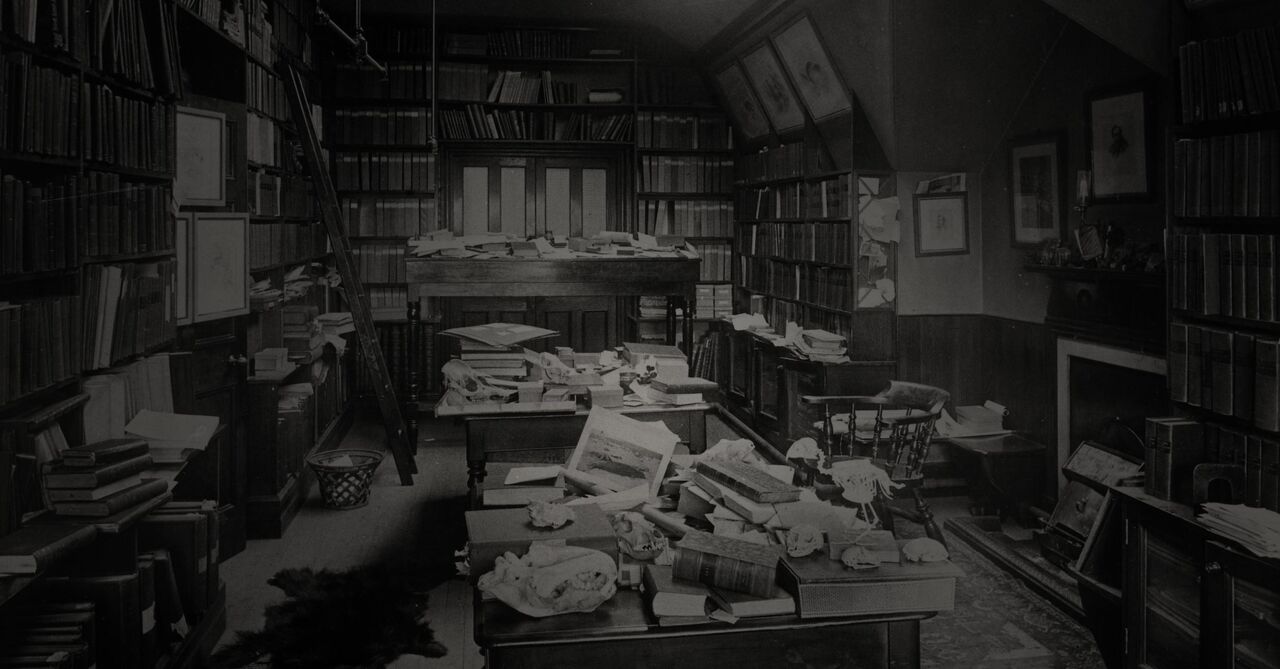Hello all,
One of the many problems with the case is time.
It is the single biggest problem we have in every murder occurrance of the C5.
The Cross/Lechmere possibility has a root problem in the variance of time of attack/death of Polly Nichols.
The Richardson scenario and witness scenario is problematic because of the variance of time of attack/death of Annie Chapman.
At what time did Elizabeth Stride enter that Yard entrance, when was she fatally attacked, when did she die? All questions which are counter argued.
The Catherine Eddowes murder has real problems surrounding time of death, time of police beat involvement and time used prior to 1.45a.m.
Finally, the lack of time of death estimation at a hurriedly closed inquest has theorists vigourously making differing claims
And I have just listed some examples. There are more.
So I turn to the Doctor's estimations about time of death. Just what do we believe in each case?
In some cases there are varying medical opinions. A few approximations seem nigh on impossible relating to witness statements.
So what do we do? How exact could a time of death estimation need to be?
Time of death estimations are notoriously hard, but certain things make the job easier. The nearer the time of the doctor's arrival to the attack makes estimation easier as the window time-frame is smaller, body temperature is relatively near to the live temperaturep, and estimations given due to weather temperature and its effect on the body more easily taken into account.
On the contrary view, the Mary Kelly situation is minefield due to a broken window into a tiny room in a cold month with rain outside and a possibly lit fireplace alight at an unknown time the previous evening/day to complicate the problem of room temperature and at what point did the body become exposed to heat/cold.
If Nichols died at 3.30am- if Chapman died before 4.30am- if Stride died nearer 1am- if Eddowes died at 1.40am- if Kelly died after 6am- these are examples of the problems we face.
Do we believe that in 1888, the doctors were to be relied upon by today's standards of estimation? And what do we do when there are varying estimates given?
Do we rely on any newspaper witness accounts when we consider the doctors timings? Likewise statements given the police and at the inquests?
So which are the most reliable?
Views anyone?
I will be interested to read them.
Best wishes
Phil
One of the many problems with the case is time.
It is the single biggest problem we have in every murder occurrance of the C5.
The Cross/Lechmere possibility has a root problem in the variance of time of attack/death of Polly Nichols.
The Richardson scenario and witness scenario is problematic because of the variance of time of attack/death of Annie Chapman.
At what time did Elizabeth Stride enter that Yard entrance, when was she fatally attacked, when did she die? All questions which are counter argued.
The Catherine Eddowes murder has real problems surrounding time of death, time of police beat involvement and time used prior to 1.45a.m.
Finally, the lack of time of death estimation at a hurriedly closed inquest has theorists vigourously making differing claims
And I have just listed some examples. There are more.
So I turn to the Doctor's estimations about time of death. Just what do we believe in each case?
In some cases there are varying medical opinions. A few approximations seem nigh on impossible relating to witness statements.
So what do we do? How exact could a time of death estimation need to be?
Time of death estimations are notoriously hard, but certain things make the job easier. The nearer the time of the doctor's arrival to the attack makes estimation easier as the window time-frame is smaller, body temperature is relatively near to the live temperaturep, and estimations given due to weather temperature and its effect on the body more easily taken into account.
On the contrary view, the Mary Kelly situation is minefield due to a broken window into a tiny room in a cold month with rain outside and a possibly lit fireplace alight at an unknown time the previous evening/day to complicate the problem of room temperature and at what point did the body become exposed to heat/cold.
If Nichols died at 3.30am- if Chapman died before 4.30am- if Stride died nearer 1am- if Eddowes died at 1.40am- if Kelly died after 6am- these are examples of the problems we face.
Do we believe that in 1888, the doctors were to be relied upon by today's standards of estimation? And what do we do when there are varying estimates given?
Do we rely on any newspaper witness accounts when we consider the doctors timings? Likewise statements given the police and at the inquests?
So which are the most reliable?
Views anyone?
I will be interested to read them.
Best wishes
Phil



Comment